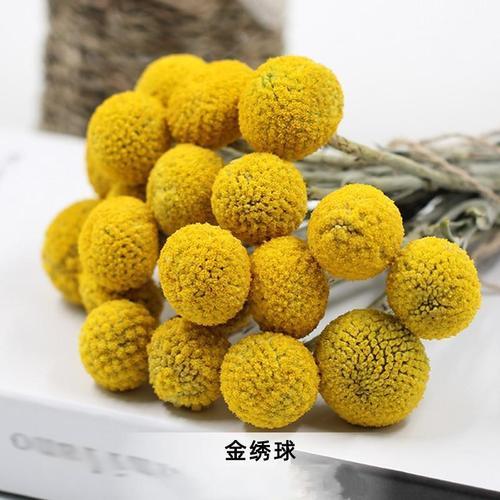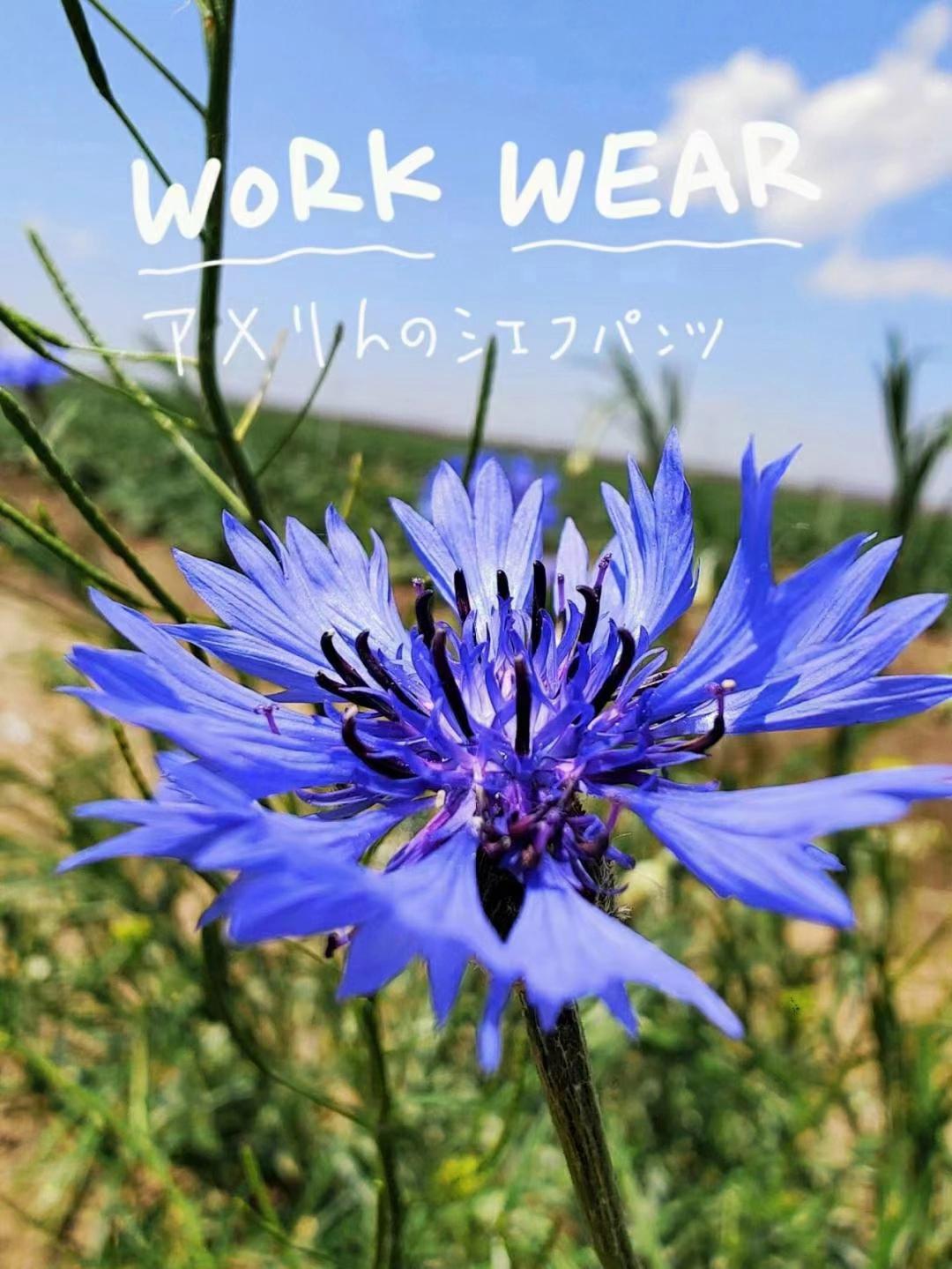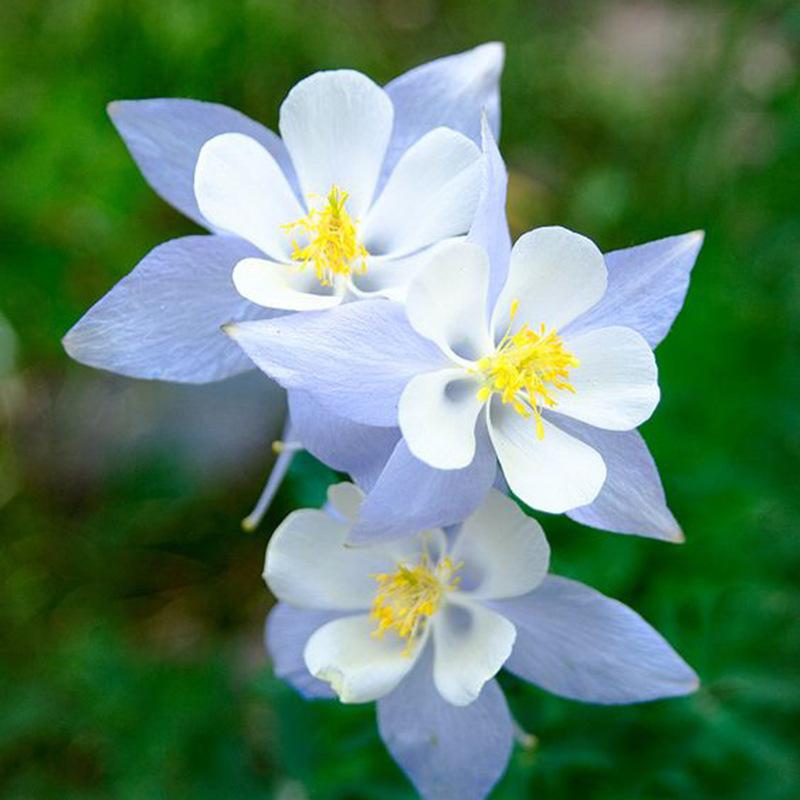Once upon a time, in a small village, there lived a unique plant called Carissa. With vibrant green leaves and fragrant white flowers, Carissa had the power to grant wishes. People from far and wide would visit the plant, hoping for their dreams to come true. However, there was a catch – Carissa could only grant one wish per person. As the legend spread, an increasing number of people arrived, each carrying their deepest desires. Carissa, overwhelmed by the crowd, decided to use her magic to spread happiness and fulfillment to everyone. And so, Carissa blossomed with joy, fulfilling every wish and proving that even a small plant could bring immense happiness.
Picture
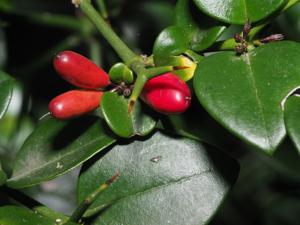
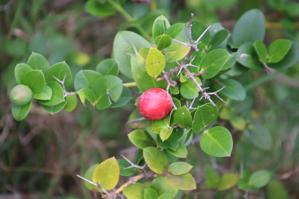
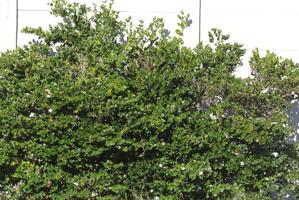
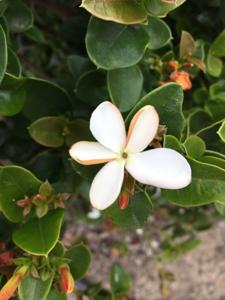
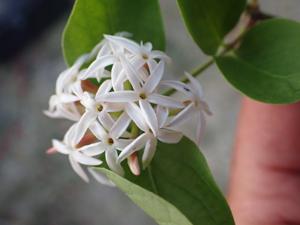
Plant some seeds now!
Short Description
Carissa bispinosa, thorns and flowers
Conkerberry (C. spinarum) flowers in Shamirpet, Rangareddy district, Andhra Pradesh, India.
Carissa is a genus of shrubs or small trees native to tropical and subtropical regions of Africa, Australia and Asia. Until recently about 100 species were listed, but most of them have been relegated to the status of synonyms or assigned to other genera, such as Acokanthera.
Description
Different species of Carissa grow as shrubs or trees, attaining respective heights of 2 to 10 m tall. They bear smooth, sharp thorns that often are formidable; they are true botanical thorns, being modified branches, morphologically speaking. The thorns may be simple, as in Carissa spinarum, dichotomously forked as in Carissa bispinosa, or dichotomously branched as in Carissa macrocarpa.
The leaves are a rich, glossy, waxy green, smooth, simple, entire and elliptic to ovate or nearly lanceolate. They are 2–8 cm long, partly depending on the species, and generally are thick and leathery. In suitable climates some species flower through most of the year. The flowers are nearly sessile, 1–5 cm diameter, with a five-lobed white or pink-tinged corolla. They may be solitary or borne in clusters in an umbel or corymb. The flowers of some species some have a fragrance reminiscent of Gardenia, which adds to their popularity as garden plants. The fruit is a plum-like berry in the shape of a prolate spheroid, like that of a rugby ball. In colour they vary according to species. In some species they are red when ripe, whereas others turn a glossy purple-black. Typically they are 1.5–6 cm in length, and usually contain 1-4 flat brown seeds, but up to 16 in some species.

